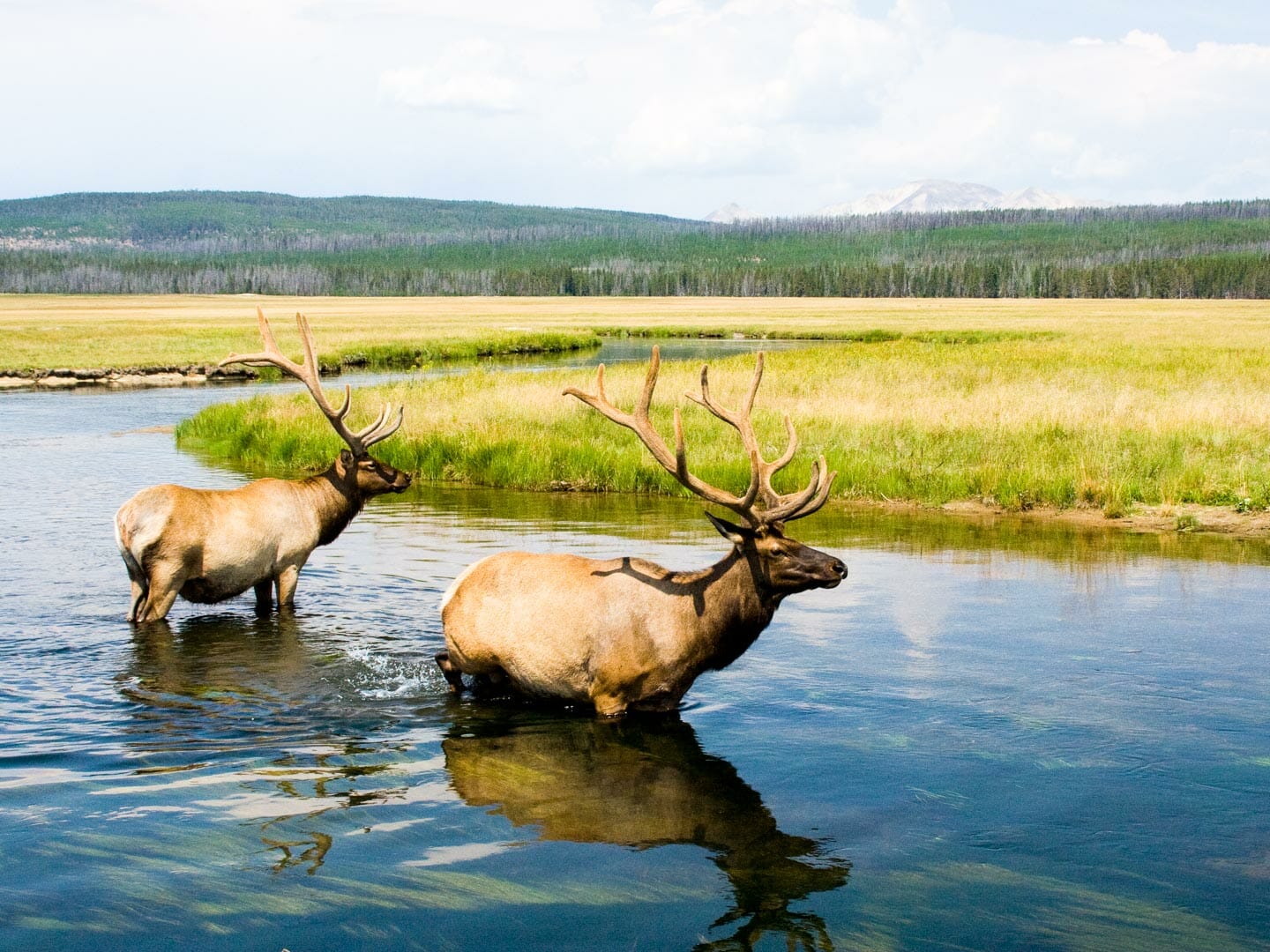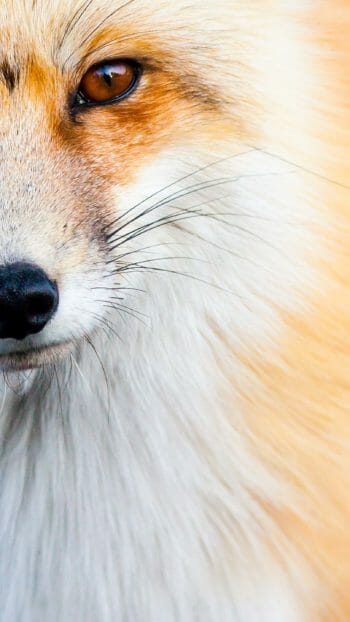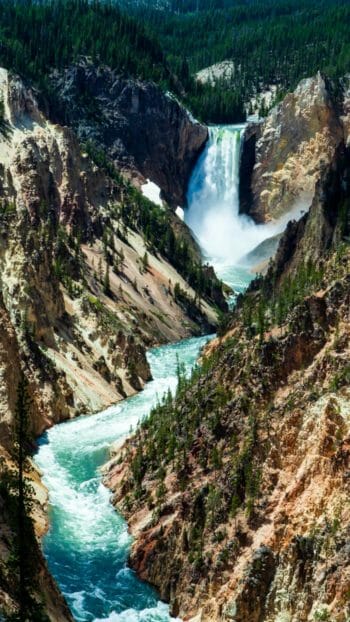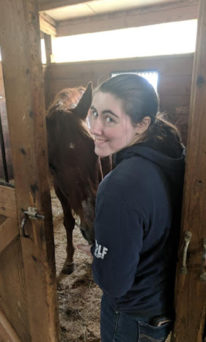The Greater Yellowstone Ecosystem is one of the largest intact temperate ecosystems in the world. This means the animals and plant life here are mostly the same as before humans arrived on the scene. At 22 million acres, it is around ten times the size of Yellowstone’s 2.2 million acres. It includes, of course, Yellowstone National Park, but also Grand Teton National Park, most of the surrounding national forests, national wildlife refuges, state land, Bureau of Land Management holdings, tribal lands and even private lands. As such, the maintenance of the ecosystem falls to many hands willing to work together.
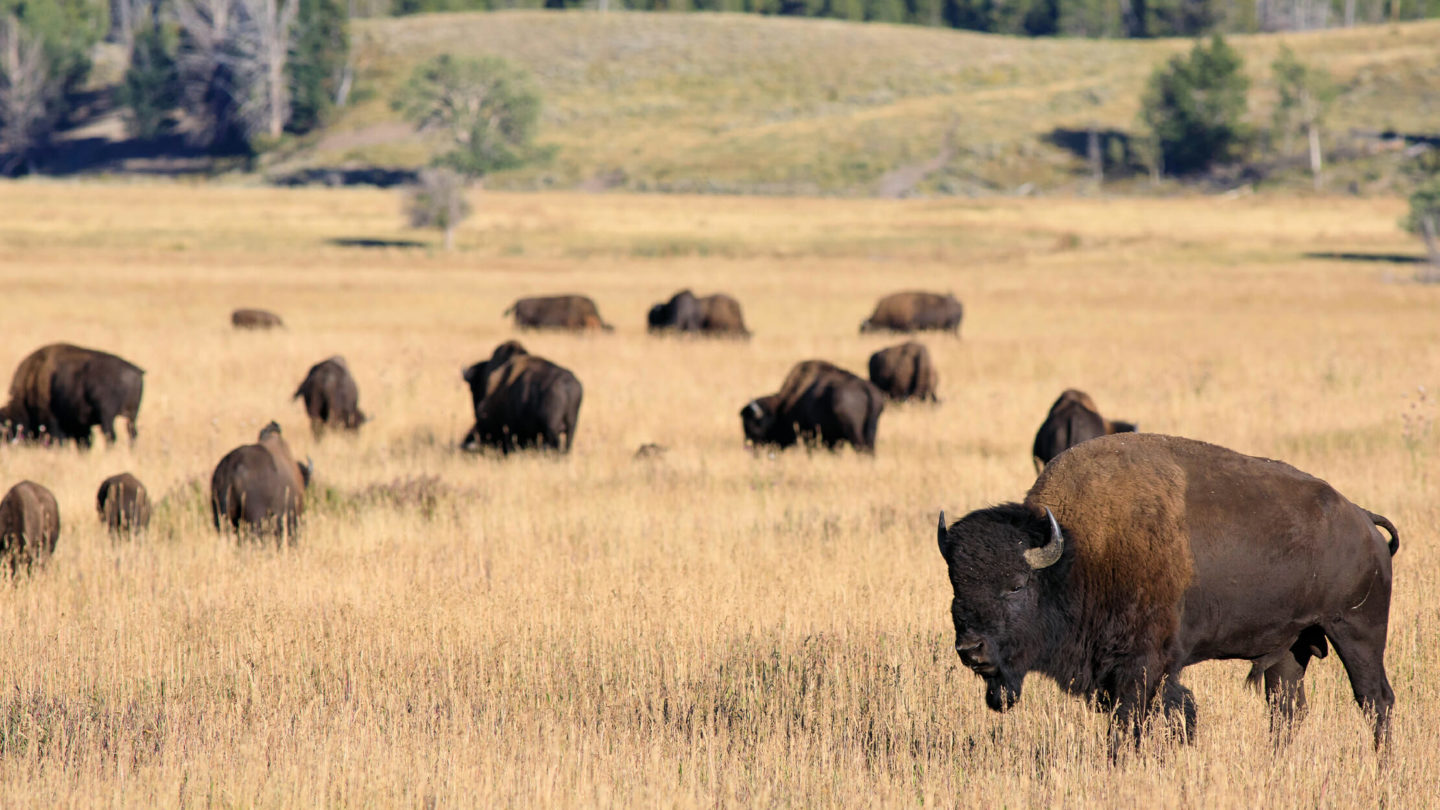
This was not always the case. Initially, in 1872 when Yellowstone was created, the borders of the park were drawn up to protect the thermal features, including roughly half of the world’s active geysers. Now the Greater Yellowstone Ecosystem incorporates not only the thermal areas, but also forests, plains, valleys, mountains, hints of marshland and many lakes and rivers. The rivers continue into the Missouri and Columbia, among other waterways, that lead – eventually – to the Pacific or to the Atlantic oceans. How? Because another unique factor about this ecosystem is that it sits on the continental divide. So, waters on one side will all end up in the Atlantic, while waters on the other will flow to the Pacific.

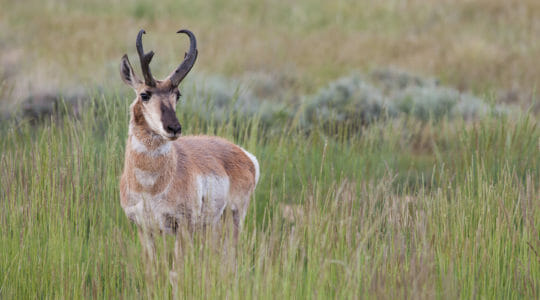
The presence of many different landscapes is also a good sign for biodiversity, and the Greater Yellowstone Ecosystem has one of the highest concentrations of wildlife in the lower 48, including one of the largest elk herds in the United States. These iconic members of the deer family, depending on the time of year, can be found in many of the ecosystem’s different habitats. During the winter, they will stay down in the valleys in areas like the National Elk Refuge in Jackson Hole. 5,000-8,000 elk will stay here for the winter, where it is warmer and they have easier access to food. Warmer, of course, being relative as the valley can reach temperatures below -40°F. As such, when summer temperatures reach the mid 80°F range, the elk want nothing to do with the valley if they can avoid it! So, come springtime, they start to migrate out of the National Elk Refuge towards riparian areas, or areas by water. Willow bushes prefer these areas, and cow elk like to hide their newborns under these bushes. Since newborn elk calves are born without a scent of their own, with the classic fawn coloration and can stay very still they can be hard to find in these hiding spots. Once they’re old enough, the migration continues up higher into the mountains to stay cool for the summer. Then September rolls around, the rutt begins and they are on the move again. With the first snows, they will make their way back to the National Elk Refuge to restart the cycle all over again. Besides the elk, there are bison and pronghorn who are also migratory, moose, bears – both black and grizzly – and wolves among other critters who call the Greater Yellowstone Ecosystem home.
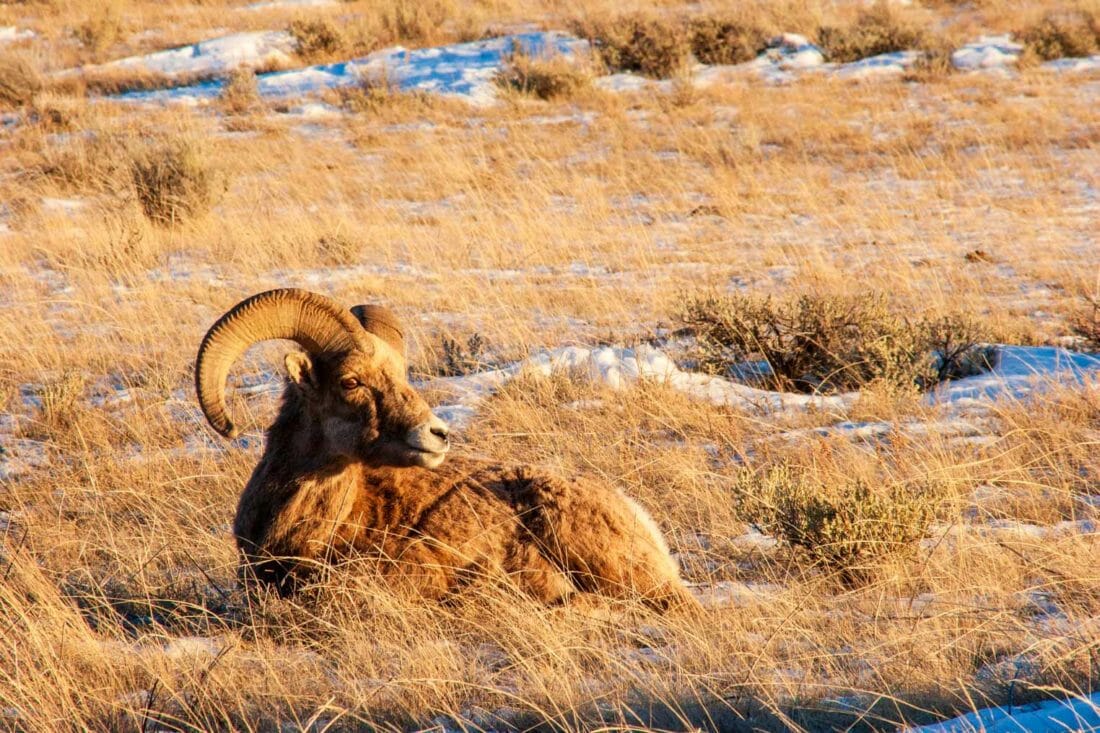
This 22 million acre area is truly one of the wild’s last footholds on Earth, where different landscapes can interact and species within these habitats can operate as they have for centuries. It is important to understand the threats it currently faces, because if we were to lose Yellowstone or Grand Teton or any of the Greater Yellowstone Ecosystem, we would lose one of the greatest places to connect with nature and the wildlife there may disappear from the lower 48. Currently, the main threats to the area are numerous.
Climate change is probably the first to come to mind, and for good reasons. An excellent example is a pine that enjoys high, rough terrain and is a food source for an insect known as the mountain pine beetle. Mountain pine beetles are a native species, so historically it was expected for periodic reproduction to effect a small amount of trees. However, with warming temperatures the beetles can reproduce here on a yearly cycle instead of on a periodic one, causing more trees to be destroyed. For instance, between 2007-2009, 80% of the older trees in the Greater Yellowstone Ecosystem were dead. Trees whose cones are an important food source for many birds, like the Clark’s Nutcracker, squirrels, and even bears. Since these trees are higher in elevation they help regulate snow-melt runoff, which is a big help for not only the ecosystem itself, but even for us humans who need that water. If the snowmelt happens too quickly, as would happen if these pines were gone, then too much water in lakes and rivers would be evaporated by the end of the summer. Besides climate change, the other big threats are invasive species that are moving or have moved in, wildlife management, high visitation and the political boundaries that make up the area. After all, while most of the folks in charge of the Greater Yellowstone Ecosystem are passionate about protecting it, jurisdiction lines and differing opinions are always part of the game.
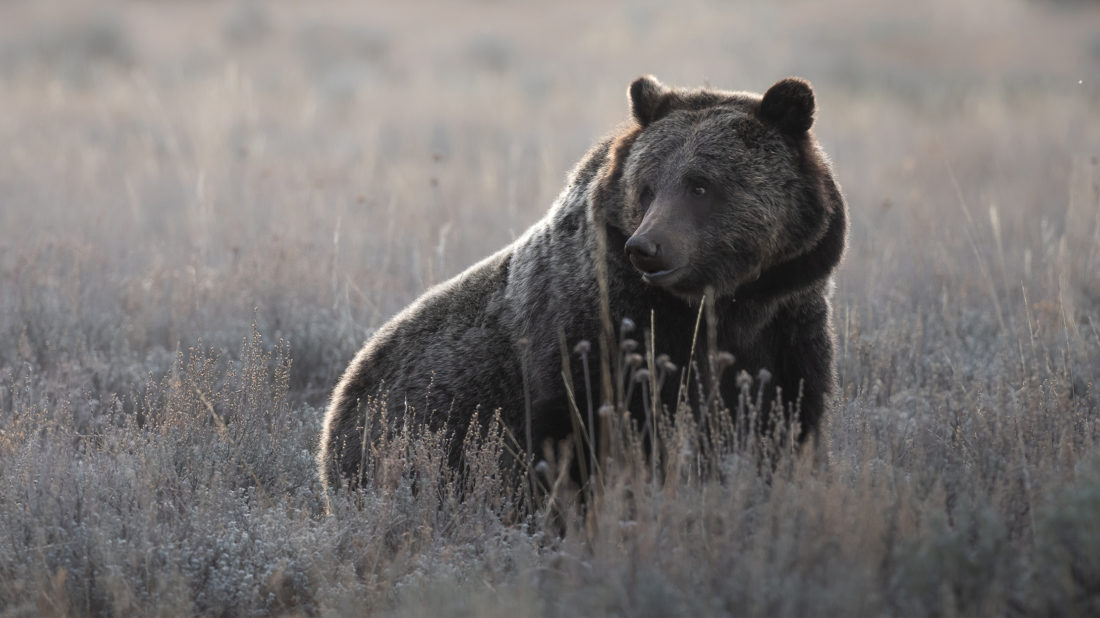
In order to protect this area, one must learn more about it and some of the best learning is done with boots on the ground. Our multi-day trips at Jackson Hole Wildlife Safaris might just be what you’re looking for! Coming in two or three day options for tours, or our five day photography workshop, an experienced guide will take you through Grand Teton and Yellowstone National Parks to witness the animals and sights that make the Greater Yellowstone Ecosystem a truly unique and beautiful place on Earth. With the newly gained knowledge and experiences from your trip, you have in your hands the ability to fight for it.

